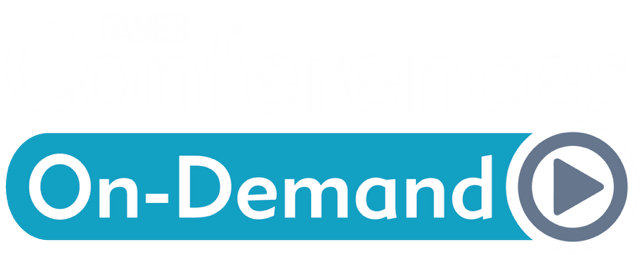All transcripts were created with artificial intelligence software and modified with manual review by a third party. Although we make every effort to ensure accuracy with the manual review, some may contain computer-generated mistranslations resulting in inaccurate or nonsensical word combinations, or unintentional language. FASEB and the presenting speakers did not review the transcripts and are not responsible and will not be held liable for damages, financial or otherwise, that occur as a result of transcript inaccuracies.
Stem Cells in Human AML
Ravi Majeti1
1Department of Medicine, Division of Hematology, Cancer Institute, and Institute for Stem Cell Biology and Regenerative Medicine, Stanford University School of Medicine
AML develops from the sequential acquisition of multiple mutations in a single lineage of cells. These mutations initially occur in HSCs, termed pre-leukemic HSCs, and are enriched in genes involved in regulation of the epigenome. The pre-leukemic cells acquire additional mutations, often in genes involved in proliferation, resulting in development of AML. Stratification of a cohort of AML patients into high or low pre-leukemic HSC groups demonstrated that the high group had much worse overall and relapse-free survival, indicating that the presence of pre-leukemic HSC may be critical for clinical outcomes. In bulk AML, sequencing studies demonstrated that most cases harbor multiple subclones with a complex evolutionary structure. These subclones potentially exhibit distinct features including leukemia stem cell properties, clonal dominance, and responses to chemotherapy and targeted agents. Isolating and investigating these subclones is essential to understanding their properties and is facilitated by experimental hematology methods including xenotransplantation, single cell methods, and CRISPR/Cas9 engineering of normal and leukemic cells. Eventually, all subclones must be targeted in order to improve long-term outcomes and for potential cures in AML. Notably, mutation-specific targeted agents have the potential to improve outcomes in AML. Several approaches were employed to identify mutation-specific vulnerabilities including epigenomic profiling, computational approaches, and metabolomic profiling. Several targets were validated through genetic and/or pharmacologic modulation in primary AML cells and xenograft models, making them strong candidates for therapeutic development. Apart from these cell intrinsic features, AML develops in the bone marrow microenvironment where leukemia cells interact with stromal elements and factors that may be critical for pathogenesis, as well as residual normal hematopoietic elements that are suppressed resulting in the clinical symptoms of bone marrow failure. These microenvironmental interactions are poorly understood and represent an area for potential therapeutic intervention to improve clinical outcomes.
